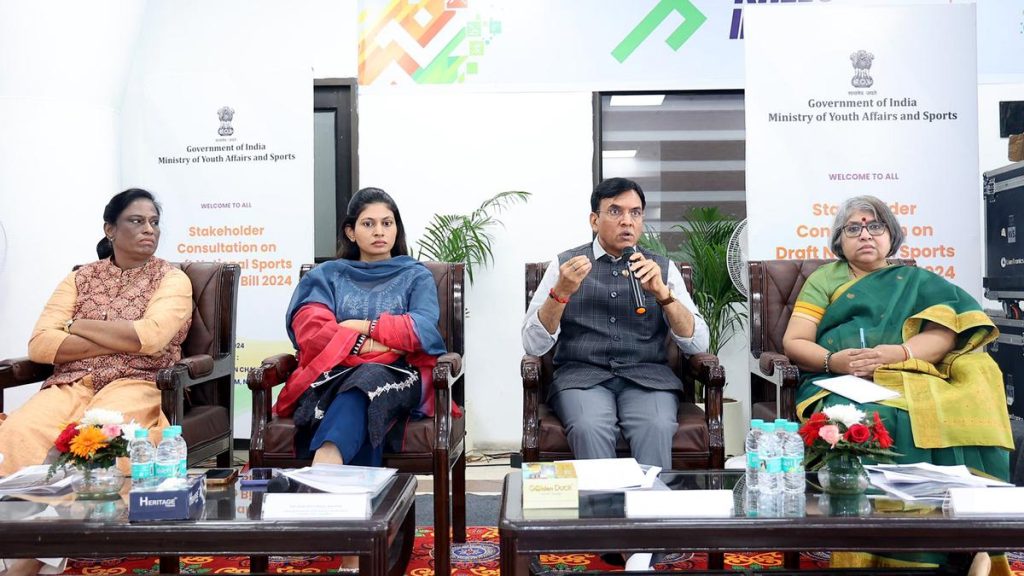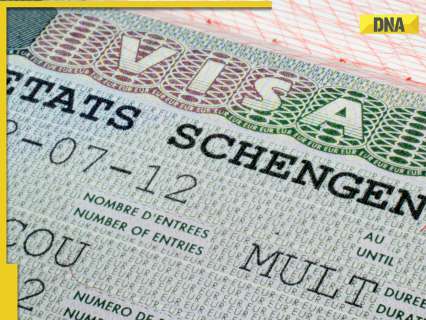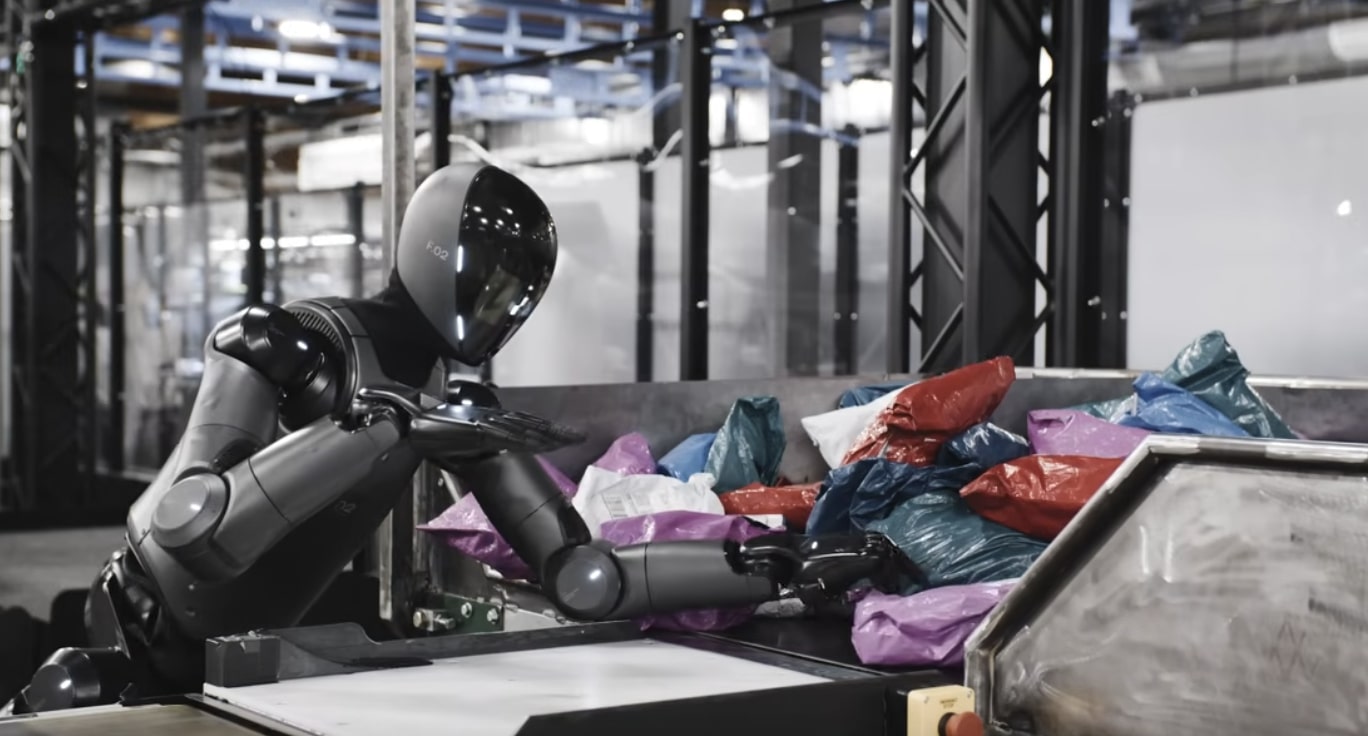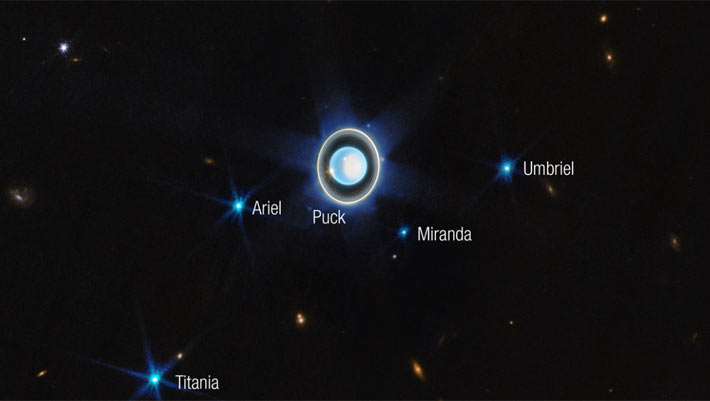Now Reading: Apple Expert Questions AI ‘Thinking’ as OpenAI Tackles Ten-Disk Puzzle
-
01
Apple Expert Questions AI ‘Thinking’ as OpenAI Tackles Ten-Disk Puzzle
Apple Expert Questions AI ‘Thinking’ as OpenAI Tackles Ten-Disk Puzzle
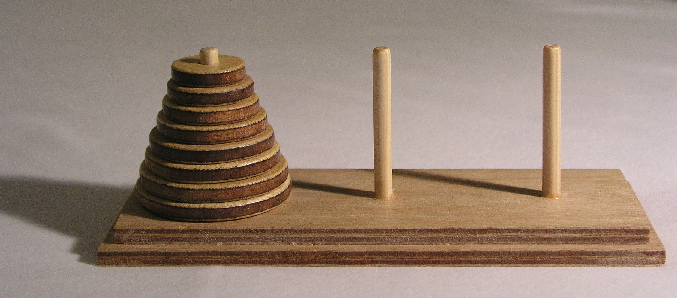
Rapid Summary
- Apple’s Research Findings: Apple researchers released a paper titled “The Illusion of Thinking,” arguing that large language models (LLMs) rely on pattern matching rather than actual reasoning.
- Tower of Hanoi as benchmarked Task: apple used the Tower of Hanoi puzzle, which grows in complexity with the number of disks, as a test case to measure AI reasoning capacity. They claimed AI models faced “accuracy collapse” when solving the 10-disk version.
- Puzzle Rules and Complexity: The task involves moving stacks between rods under strict rules:
– Only one disk can move at once.
– Disks cannot be placed on smaller disks.
– Minimum moves scale exponentially (e.g., solving for three disks requires seven moves; for sixty-four disks, it would take over 585 billion years).
- OpenAI’s Contradiction: OpenAI’s O3 reportedly solved the complex ten-disk puzzle in one attempt (“one-shotting”), suggesting enhanced capabilities compared to earlier assessments by Apple’s study.
- Industry Critique and Reflection:
– Tower of Hanoi may not accurately evaluate modern AI’s cognitive abilities or its architectural improvements since Apple’s findings appear outdated.
Indian Opinion Analysis
The evolving discourse around artificial intelligence reasoning underscores how rapidly LLMs are advancing.India’s growing AI sector could draw significant insights from this debate,especially regarding benchmarking tools like Tower of Hanoi to measure problem-solving skills. If benchmarks fail to capture real-world applications effectively,they risk misjudging capabilities and steering research efforts inefficiently.
India is uniquely poised as both a hub for innovation and cost-efficient solutions in emergent technologies like AI. Learning from OpenAI’s progress might influence India’s institutes or startups to refine their methods-whether through architecture enhancements or rethinking evaluation frameworks entirely.
Given India’s government initiatives around digital change (e.g., AI-focused policies under digital India), this rapid evolution could also challenge regulators tasked with defining ethical oversight frameworks for increasingly intelligent systems. Collaboration between academic bodies studying cognition and industry leaders developing cutting-edge applications will be vital if India seeks leadership within global discourse surrounding artificial intelligence.


